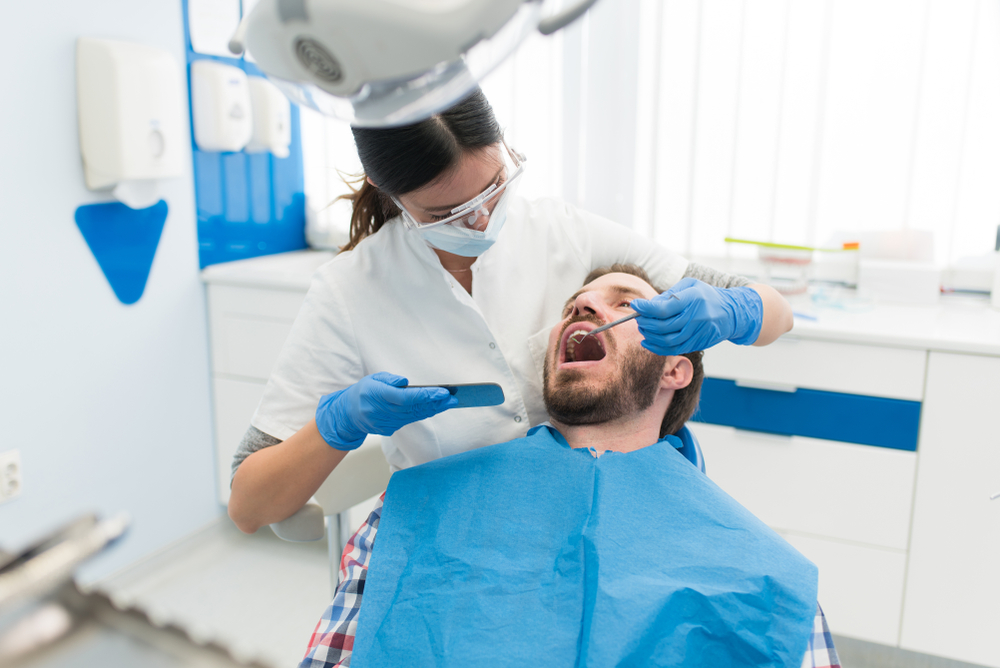Oral lichen planus (OLP) is a chronic autoimmune condition affecting the mucosal lining of the mouth. Characterized by white, lacy patches or red, inflamed areas, it requires careful diagnosis and management to prevent complications and ensure patient comfort. Understanding this condition’s clinical presentation and treatment options is vital for maintaining mucosal health and addressing patient concerns effectively.
What is Oral Lichen Planus?
Oral lichen planus is an autoimmune oral condition where the body’s immune system mistakenly attacks the cells of the oral mucosa. While its exact cause remains unclear, contributing factors may include genetic predisposition, stress, allergens, or certain medications. OLP is non-contagious but requires long-term care due to its recurrent nature.
Recognizing the Symptoms of Oral Lichen Planus
Common Signs and Symptoms
- White Lesions: Reticular, lace-like patterns often found on the inner cheeks, tongue, or gums.
- Erosive or Ulcerative Lesions: Painful red patches or open sores that may interfere with eating or speaking.
- Burning Sensation: Especially when consuming spicy or acidic foods.
- Dry Mouth: Often accompanied by discomfort and sensitivity.
Differential Diagnosis
Because OLP symptoms overlap with other conditions like leukoplakia, candidiasis, or oral cancer, accurate diagnosis is critical. Dentists must rule out other possible causes before confirming OLP.
Diagnosing Oral Lichen Planus
1. Clinical Examination
Dentists assess the characteristic white or red patches on the oral mucosa, looking for symmetrical patterns commonly associated with OLP.
2. Biopsy and Histopathology
A biopsy is often performed to confirm the diagnosis. Histopathological findings of OLP typically show:
- Hyperkeratosis (thickened epithelial layer).
- Degeneration of the basal cell layer.
- Lymphocytic infiltration in the connective tissue.
3. Immunofluorescence Testing
Direct or indirect immunofluorescence may be used to distinguish OLP from other autoimmune oral conditions.
4. Screening for Triggers
Dentists may evaluate potential triggers such as dental materials (e.g., amalgam fillings), medications, or systemic diseases.
Management Strategies for Oral Lichen Planus
While there is no definitive cure for OLP, effective management can alleviate symptoms, prevent complications, and maintain mucosal health.
1. Symptom Relief
- Topical Corticosteroids: First-line treatment to reduce inflammation and discomfort. Common options include fluocinonide or clobetasol.
- Systemic Corticosteroids: Used in severe cases where topical treatments are insufficient.
- Pain Relief: Lidocaine gel or rinses may help with localized pain.
2. Controlling Infections
- Antifungal agents may be prescribed if a secondary candidiasis infection develops, which is common in OLP patients using corticosteroids.
3. Addressing Triggers
- Removal of irritants like sharp dental edges or replacing potential allergenic materials such as amalgam.
- Discontinuing or substituting medications linked to OLP.
4. Maintaining Oral Hygiene
Patients should be encouraged to practice gentle but thorough oral care to prevent secondary infections. Alcohol-free mouthwashes and fluoride toothpaste are recommended.
Long-Term Monitoring
1. Regular Check-Ups
Patients with OLP require routine follow-ups to monitor symptoms and rule out malignant transformation, as there is a small risk (1-3%) of OLP lesions progressing to oral squamous cell carcinoma.
2. Dietary Adjustments
Advise patients to avoid spicy, acidic, or abrasive foods that may exacerbate symptoms.
3. Stress Management
Since stress can trigger or worsen OLP, relaxation techniques or counseling may be beneficial.
Emerging Therapies for Oral Lichen Planus
Recent advancements offer new hope for managing chronic cases:
- Biologic Therapies: Drugs targeting specific immune pathways (e.g., TNF-alpha inhibitors) are under investigation.
- Photodynamic Therapy: A non-invasive option that uses light-activated drugs to reduce inflammation.
- Natural Remedies: Compounds like curcumin and aloe vera have shown anti-inflammatory effects in preliminary studies.
Diagnosing and managing oral lichen planus requires a multidisciplinary approach that combines effective treatment, patient education, and regular monitoring. By addressing the underlying inflammation and potential triggers, dentists can help patients maintain mucosal health and improve their quality of life.

Leave a Reply